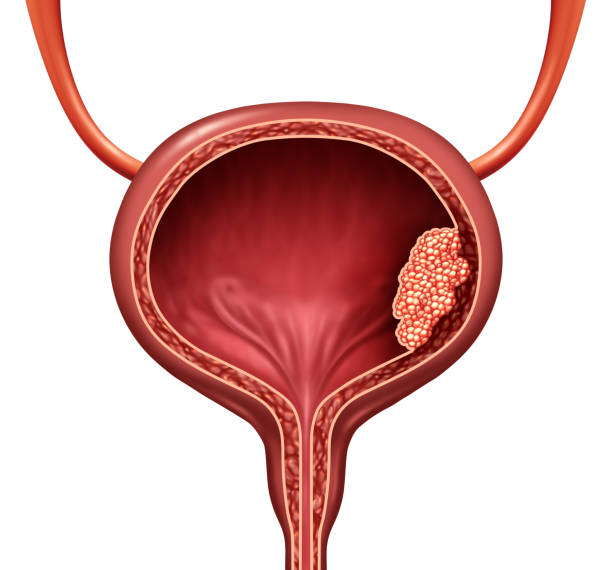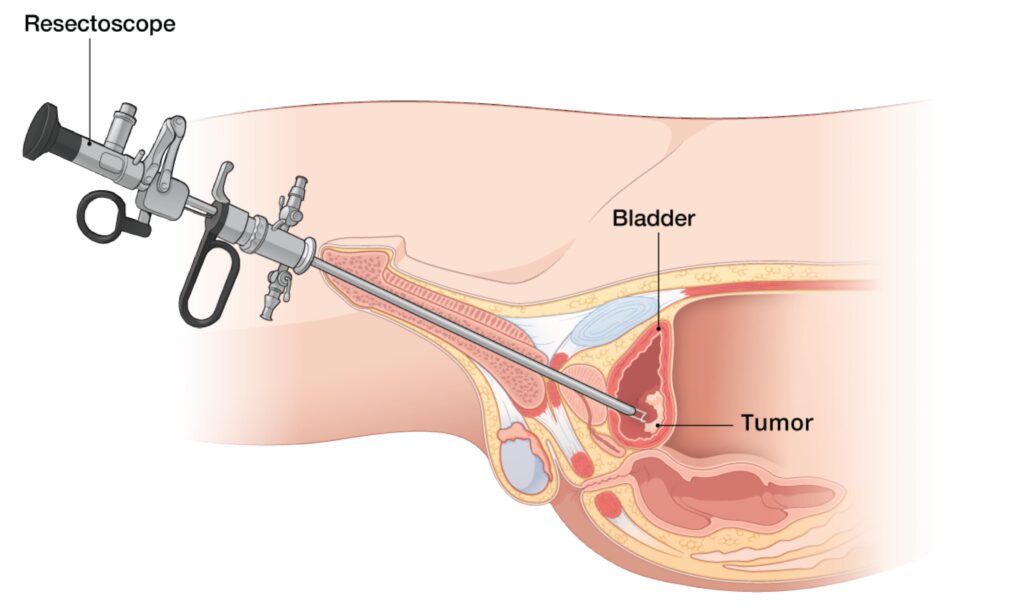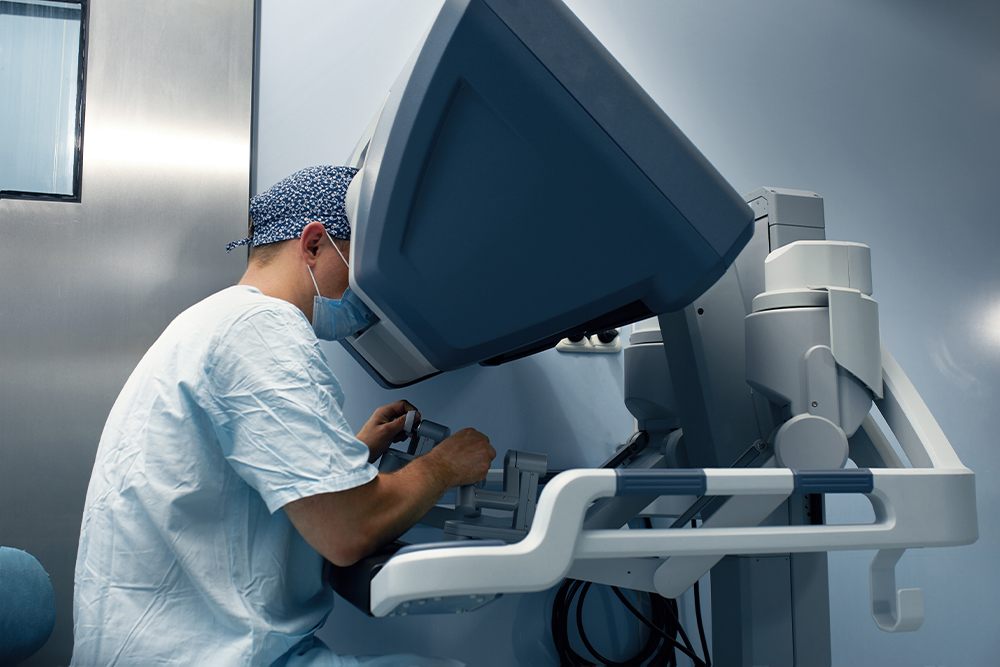Bladder Cancer

Overview
Bladder cancer is a condition that originates in the cells of the bladder, the organ responsible for storing urine. At Rutgers Urology, we specialize in the comprehensive diagnosis and advanced treatment of bladder cancer, utilizing state-of-the-art techniques to provide personalized care.
Diagnostics with Transurethral Resection of Bladder Tumor (TURBT):
What is TURBT?
Transurethral Resection of Bladder Tumor (TURBT) is a diagnostic procedure used to evaluate and treat bladder tumors. It involves the insertion of a cystoscope through the urethra to visualize and remove abnormal tissue.
Procedure:
Under general anesthesia, A cystoscope is inserted through the urethra into the bladder.
Abnormal tissue, such as tumors, is carefully removed for examination.
Purpose:
TURBT is essential for diagnosing bladder cancer, determining the extent of the disease, and guiding subsequent treatment decisions.

Treatment of Non-Muscle Invasive Bladder Cancer
For non-muscle invasive bladder cancer, we offer advanced treatment options aimed at preserving the bladder and preventing disease progression.
Intravesical Therapy
Intravesical therapy is a specialized treatment approach for non-muscle invasive bladder cancer (NMIBC). This method involves the direct delivery of therapeutic agents into the bladder to target and eliminate cancer cells that may be present on the inner lining of the bladder wall.
Types of Intravesical Therapies
Immunotherapy
Agent Used: Bacillus Calmette-Guérin (BCG) is a commonly used
immunotherapeutic agent.
Mechanism: BCG stimulates the immune system within the bladder, promoting an immune response against cancer cells.
Treatment Schedule: BCG is typically administered in a series of weekly instillations for an initial induction phase, followed by maintenance treatments.
Chemotherapy
Agent Used: Various chemotherapy agents, such as mitomycin C, valrubicin, gemcitabine, and/or docetaxel may be used.
Mechanism: Chemotherapy directly targets and destroys cancer cells within the bladder.
Treatment Schedule: The frequency and duration of chemotherapy instillations can vary based on the specific agent used and the patient’s individual treatment plan.
Indications
Intravesical therapy is often recommended for patients with NMIBC after the initial transurethral resection of bladder tumor (TURBT).
It is particularly beneficial for preventing cancer recurrence and progression.
Administration
The therapy involves instilling the medication directly into the bladder through a catheter.
The patient usually holds the medication within the bladder for a specified period before voiding.
Monitoring and Side Effects
Regular follow-up appointments and cystoscopies may be scheduled to monitor the response to intravesical therapy.
Common side effects may include irritation of the bladder lining, urinary urgency, and temporary flu-like symptoms, especially with BCG immunotherapy.
Benefits
Bladder Preservation: Intravesical therapy aims to preserve the bladder while effectively treating early-stage bladder cancer.
Reduced Recurrence – By directly targeting cancer cells within the bladder, this therapy helps reduce the risk of cancer recurrence.
It’s important for patients to discuss the specific intravesical therapy recommended for them, potential side effects, and the overall treatment plan with their healthcare provider. Personalized treatment decisions are made based on the individual’s health status, tumor characteristics, and overall treatment goals.
Clinical Trials
We actively participate in clinical trials, exploring innovative treatments and therapies to improve outcomes for patients with non-muscle invasive bladder cancer.
Benefits Patients may have the opportunity to access cutting-edge treatments and contribute to the advancecment of bladder cancer care.
Treatment of Muscle-Invasive Bladder Cancer
For muscle-invasive bladder cancer, we offer comprehensive treatment approaches, including both bladder-sparing strategies and surgical interventions.


Bladder Sparing Strategies (Trimodal Therapy)
Overview: Trimodal therapy involves a combination of radiation therapy, chemotherapy, and transurethral resection to preserve the bladder while effectively treating cancer.
Benefits: Bladder sparing strategies aim to maintain bladder function while addressing muscle-invasive disease.

Robotic Radical Cystectomy
Overview: Robotic radical cystectomy is a surgical procedure that involves the removal of the entire bladder and surrounding tissues using robotic-assisted technology.
Purpose This approach is employed when more extensive intervention is necessary to effectively treat muscle-invasive bladder cancer.
The advantages of robotic radical cystectomy include less blood loss, less pain, shorter hospital stays and similar cancer survival outcomes to traditional open surgery.
Contact Us
For more information on our diagnostic and treatment services for bladder cancer or to schedule a consultation, please contact us today.
